|
Is specialty coffee a trend of experimental fermentations or a movement that seeks to generate profound changes in the way coffee is marketed in the world? What do we gain by talking so much about experimental fermentations if they rarely achieve exceptional cups? Can experimental fermentation really improve the quality of a poorly harvested lot? Are the experimental fermentations fully controlled or are there random elements that influence their final result? Apparently today it is no longer enough to produce washed, natural or honey coffees; A very good lot of washed Bourbon variety from Burundi seems to have lost its charm. In our opinion, there is something wrong with this industry, if we have to put orange peel or cinnamon sticks to add flavours to a lot! Fermentation in specialty coffees has never been and will never be controlled, at least until the day when the entire productive structure at origin is modified, and a technological level such as the one that exists today in the wine industry is reached.
0 Comments
To be or not to be ... The diversity of possible cup profiles is practically infinite, as coffee is a living product, many times we find flavours, aromas or sensations that we cannot associate with past experiences. And this is particularly true with experimental processed lots. But from a professional and objective point of view, are all coffees with experimental processes good coffees? 1.- Origins of fermentation.
Fermentation is older than any ancient civilization that we know of today. Several archaeological excavations have found jars with the remains of wine that are approximately 8,000 years old. After much trial, error and careful observation, almost all civilizations began producing fermented beverages (and foods as well), but mainly wine and beer. It started with the fermentation of water with honey in Asia, then the Egyptians, Babylonians and Romans used grapes to produce wine, the Chinese used rice instead to produce wine and other civilizations produced beer with barley. Chicha was produced in South America, through the fermentation of corn. The harvest is for specialty coffee production process, as the script is for a very good movie; the structural basis and the parameter that will mark its quality. Suppose we are going to process the lot A, which will be separated according to a series of characteristics that in the industry we call traceability (origin, altitude, process, cultivation, fermentation, etc.); The quality of lot A will be defined by the way in which its cherries are harvested. After the harvest, there will be no possibility of increasing the quality of this lot, we can only maintain it and try very hard not to reduce it.
The use of fermentation is as old as agriculture itself, which anthropologists estimate began in 8,000 BC. The first experiments that humanity made with fermentation to produce wine date from 7,000 BC in the Middle East. And according to hieroglyphics, the Egyptians in 3,000 BC already used yeast to make bread. In those times the biochemical process of fermentation, responsible for these actions, was seen as something mysterious and even magical. Only two centuries ago, we began to understand this important process, when in 1854 the French chemist Louis Pasteur determined that fermentation is caused by yeast. In very simple terms, yeast is an unicellular microorganism classified as a fungus, which perform the decomposition of sugars by alcoholic fermentation.
|
Archives
July 2024
Categories
All
|
- What We Do
- Que Hacemos
-
Origins
-
Orígenes
- Education
- Educación
- Contact
- Contacto
- Home Roaster Store
- Tienda del Home Roaster

|
Copyright © 2015-2024 | Kilimanjaro Specialty Coffees España S.L.U. All Rights Reserved.
|
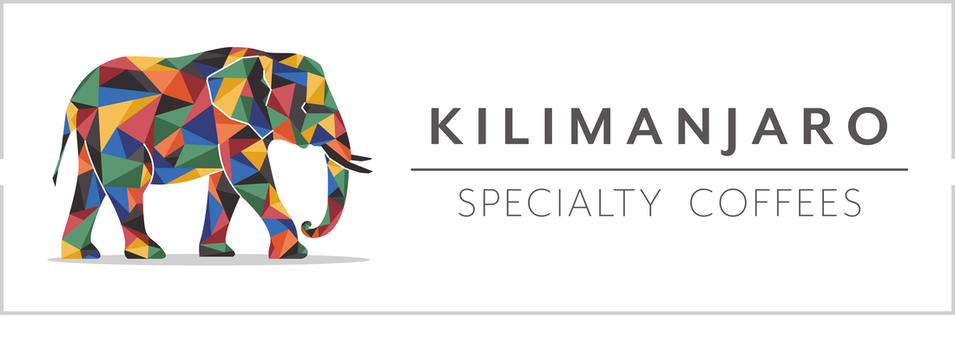
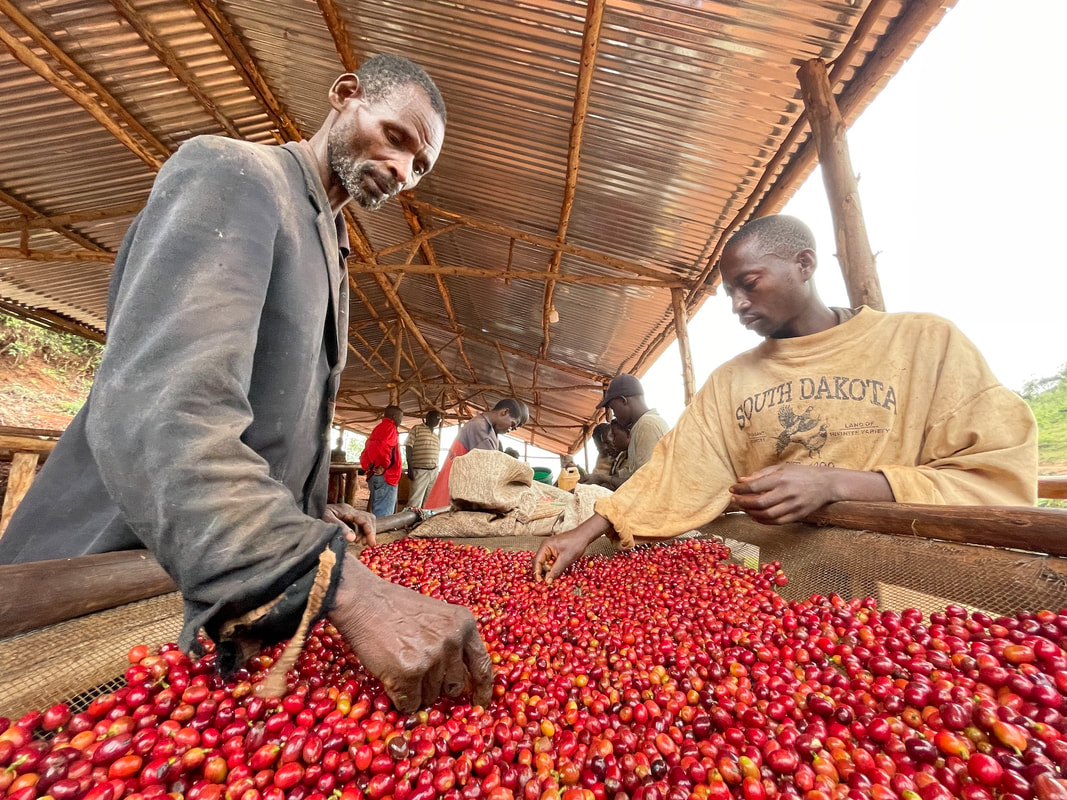
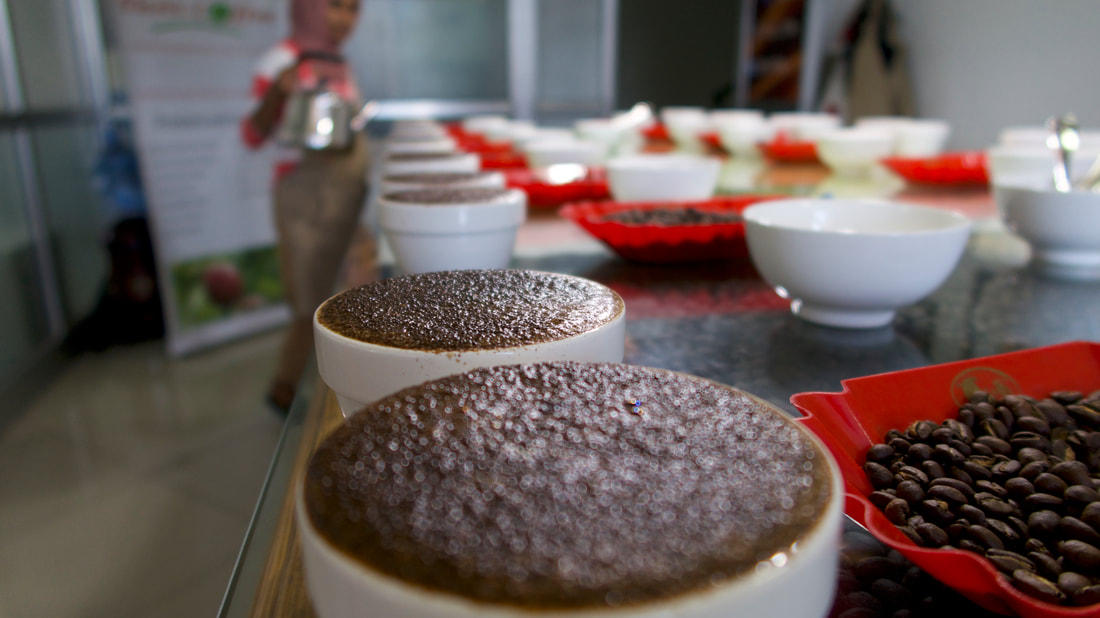
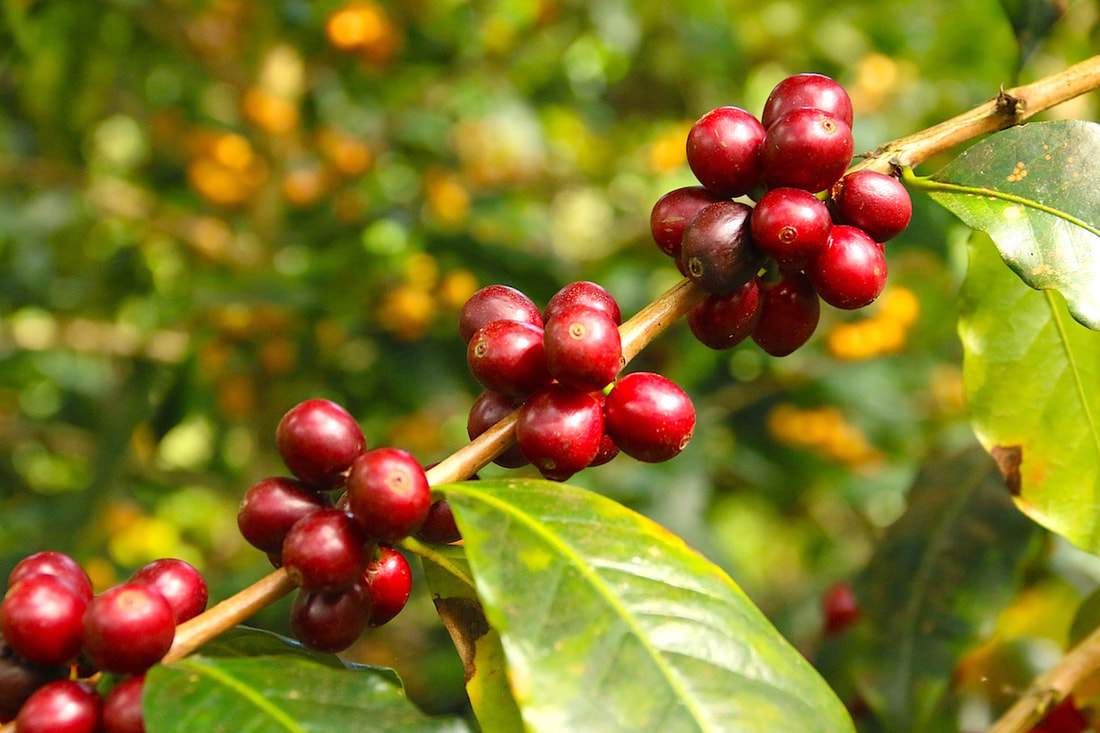
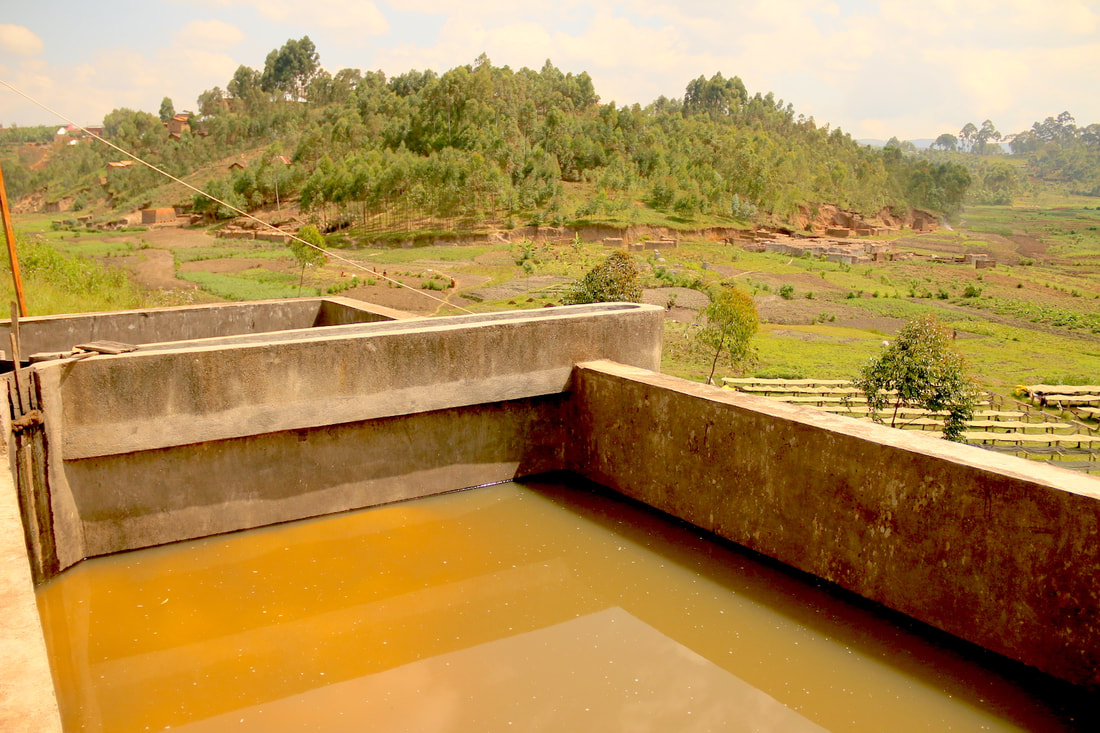
 RSS Feed
RSS Feed